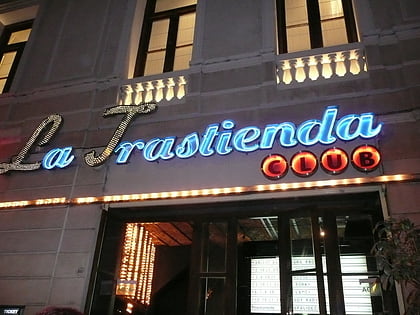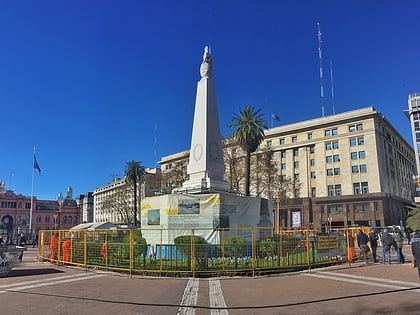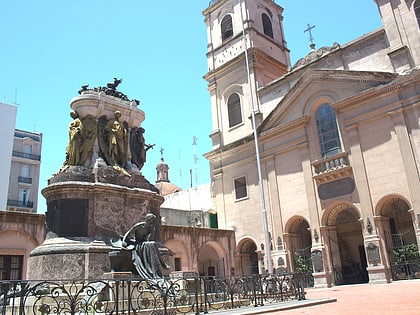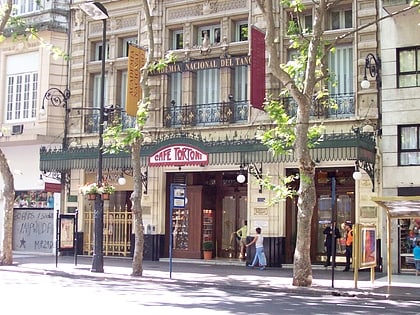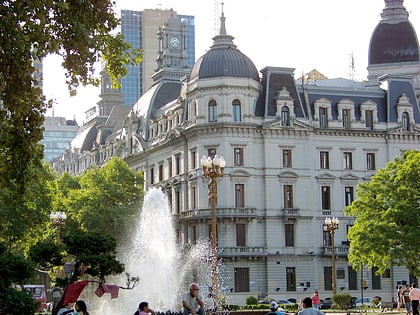Plaza de Mayo, Buenos Aires
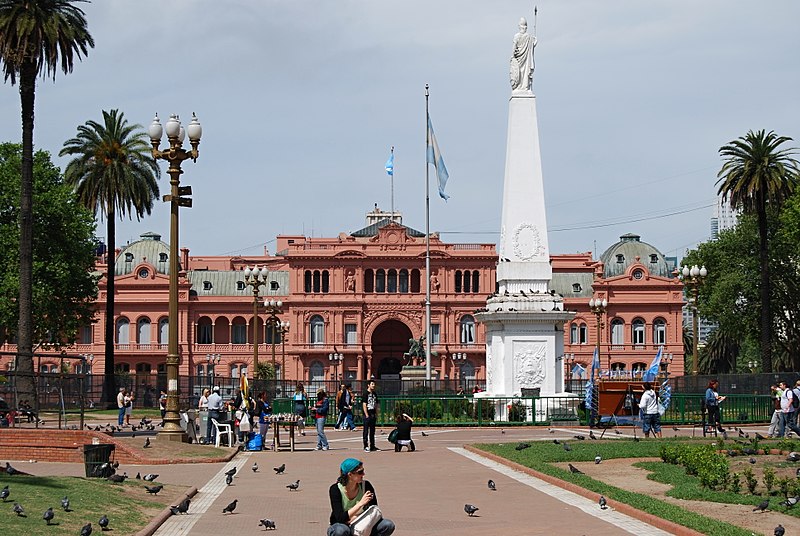
Facts and practical information
Plaza de Mayo is the political heart of Buenos Aires and a pivotal site in the history of Argentina. Established in 1580, this square has been the stage for many of the country's most significant events, including demonstrations, celebrations, and political rallies. It is flanked by historic buildings, such as the iconic Casa Rosada, the presidential palace with its distinctive pink façade from which leaders have addressed the nation.
The square is also home to the Metropolitan Cathedral, the main Catholic church in Buenos Aires, and the Cabildo, the colonial town hall which now serves as a museum. Plaza de Mayo has been a witness to Argentina's evolving history, from the Spanish colonial period through independence and into the modern era.
The name of the plaza pays tribute to the May Revolution of 1810, which marked the beginning of the process towards Argentina's independence from Spain. It has since been a focal point for political expression in Argentina, notably the Mothers of the Plaza de Mayo, who have gathered there since 1977 to demand justice for their children disappeared during the country's military dictatorship.
Plaza de Mayo – popular in the area (distance from the attraction)
Nearby attractions include: Florida Street, Casa Rosada, La Trastienda Club, Buenos Aires Metropolitan Cathedral.
Frequently Asked Questions (FAQ)
Which popular attractions are close to Plaza de Mayo?
How to get to Plaza de Mayo by public transport?
Bus
- Plaza de Mayo • Lines: 103, 105G, 105S, 111, 126T, 126V, 146, 28Fh, 28Rh, 28Rn, 28xR, 29O, 29P, 50, 56, 64H, 64M, 7P, 7S, 8, 86A, 86B, 86E, 86F, 8Sle, 8Slm, 91, Bab (1 min walk)
- Catedral • Lines: 24-1, 24-2, 29O, 29P (4 min walk)
Metro
- Plaza de Mayo • Lines: A (2 min walk)
- Catedral • Lines: D (4 min walk)
Train
- Retiro (31 min walk)


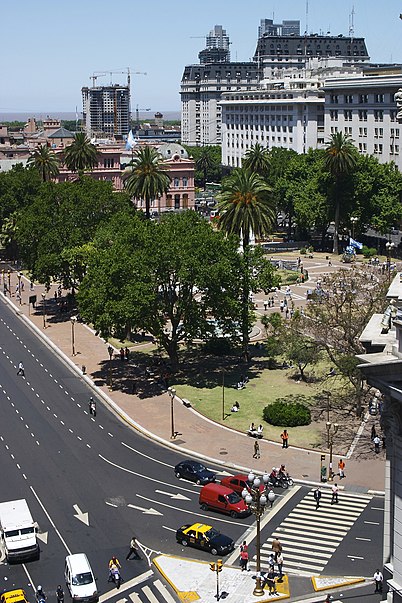
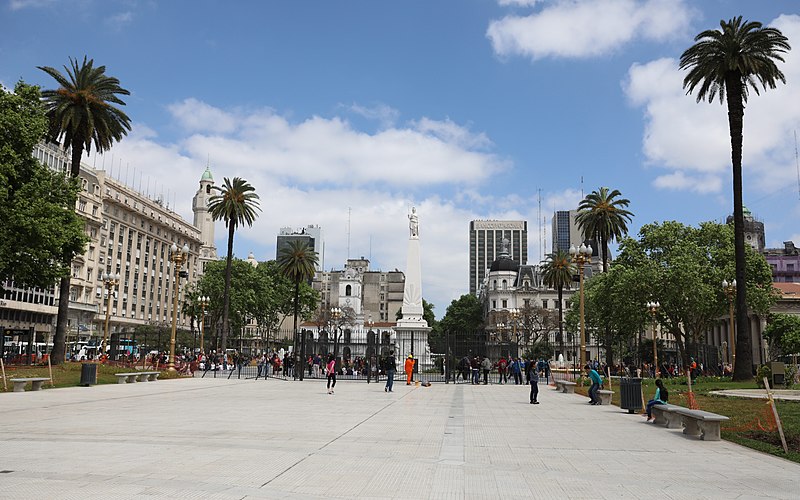
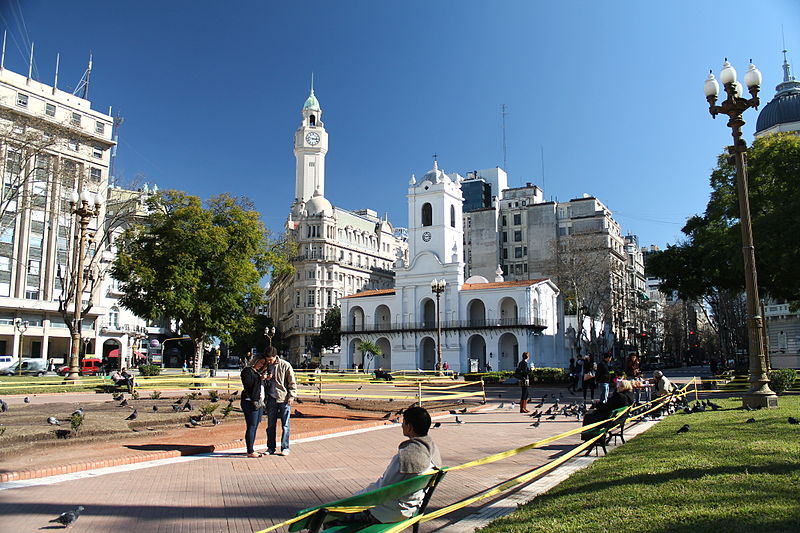
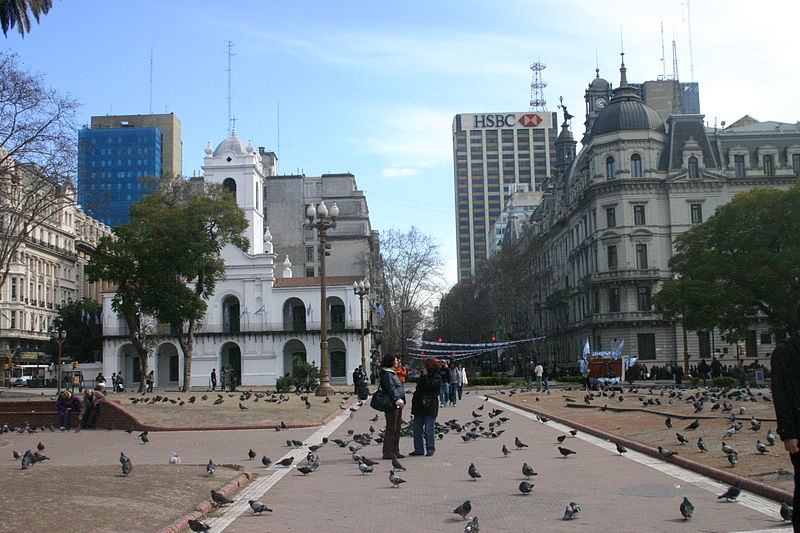
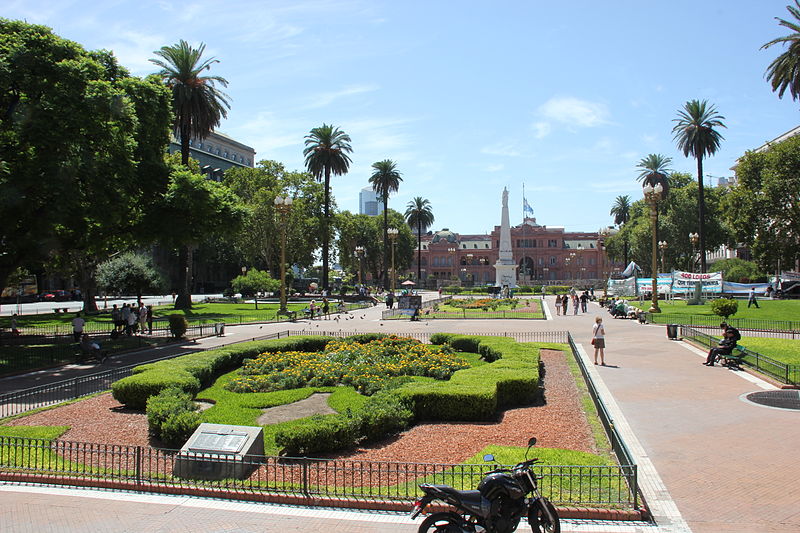

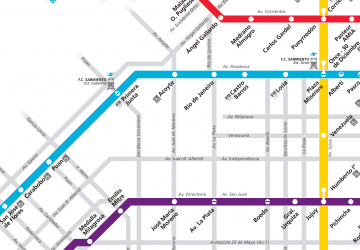 Metro
Metro

